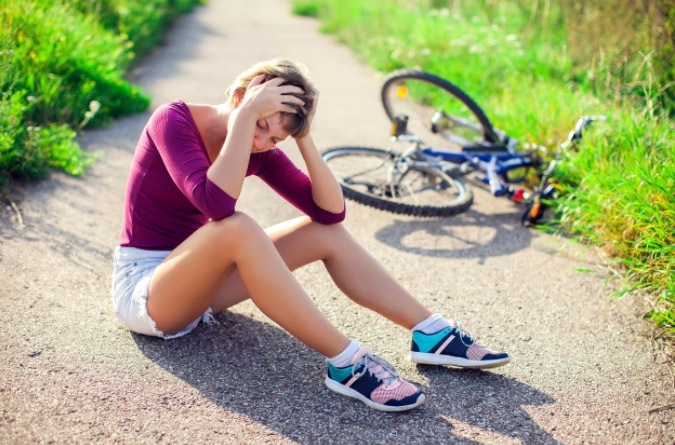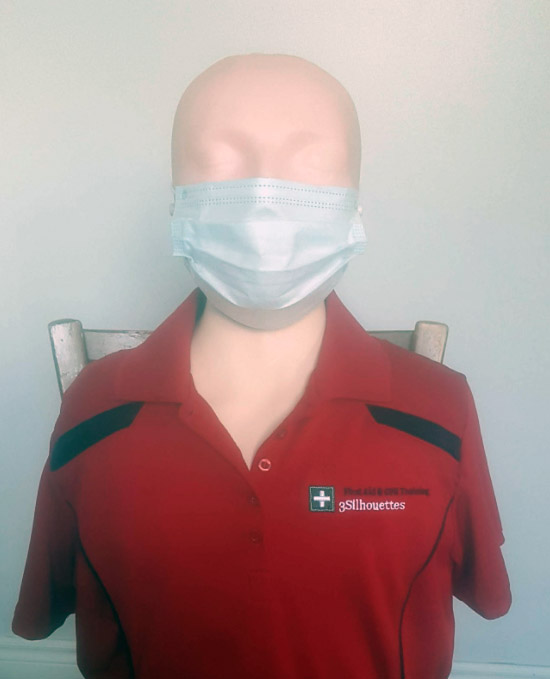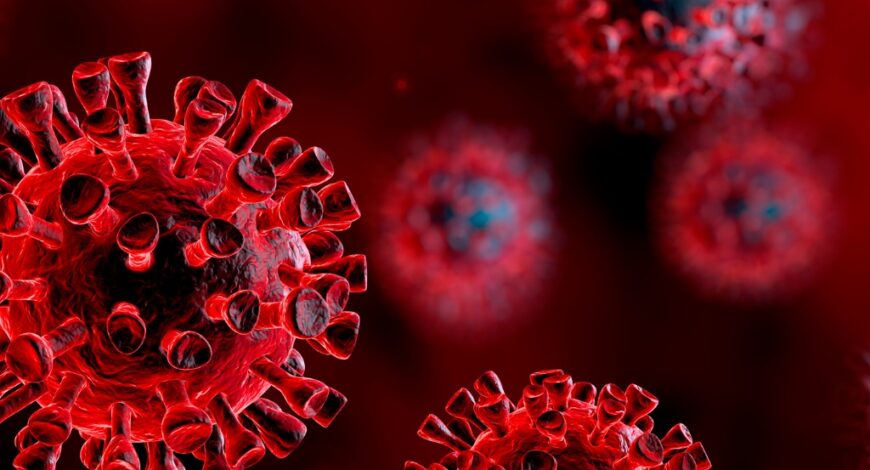Concerns about catching a disease while helping someone having an emergency have been a potential barrier to action for a first aider long before COVID-19 became a part of our world. With the current health crisis during the pandemic, those concerns are magnified. Here’s a few things to remember to keep yourself and others safe when helping someone who’s having an emergency.
Be Prepared
Have your supplies with you. Bring your mask, hand sanitizer and personal first aid kit even if you’re just going for a walk. Having a few bandages, a break and shake ice pack and some gauze pads are some basic supplies recommended to keep on hand. Emergencies happen anywhere.
Learn strategies to be safe.
- Take a course. Health and safety training is included in the list of essential services, so first aid and CPR courses are running as scheduled at 3Silhouettes First Aid Training in Niagara.
- Properly removing your personal protective equipment (PPE) is just as important as wearing them in the first place. You don’t want to contaminate yourself when the emergency is over by giving germs that are on the outside of your gloves and mask an opportunity to infect you. First, remove the gloves then wash your hands with soap and water or use a hand sanitizer. Then remove your mask. Pulling it away from your face as you take it off, as opposed to sliding it across your chin. Finally, wash or sanitize your hands again.

Stay Safe
Golden Rule #1 in first aid is to keep yourself safe. Always be aware of potential risks to you and others and provide care only when it is safe to do so. Remain 2 meters away from others as much as you can, and conduct the primary and secondary assessments at a distance if that’s possible.
Modify Care
Maintain physical distancing by having the person care for themselves if they can. Provide supplies from your own first aid kit if you need to and instruct the person on what to do if they don’t know.
If someone is in cardiac arrest CALL 911 then perform compression only CPR*. Place a light cloth, towel or piece of clothing over the person’s mouth and nose to prevent potentially contagious particles from escaping into the air during compressions. Press deep and fast until EMS arrives, you are too tired to continue, the scene becomes unsafe or the person begins breathing again.
*Does not replace CPR training.

After the Emergency
Properly remove your PPE and wash your hands.
Carefully inspect your outwear and clothing for contamination. If the person you were helping was bleeding or vomiting there may be small droplets that are not easily noticeable if you weren’t intentionally checking for them.
You may also want to consider completing a Preventing Disease Transmission course. It can be done conveniently online to gain more knowledge on how to reduce the risk of infection. For more information click here https://www.redcross.ca/training-and-certification/course-descriptions/preventing-disease-transmission.
To learn how to perform CPR and other first aid skills sign up for a class with 3Silhouettes First Aid Training in St. Catharines. Simply click here for the course calendar and to register http://3silhouettes.ca/registration/.

